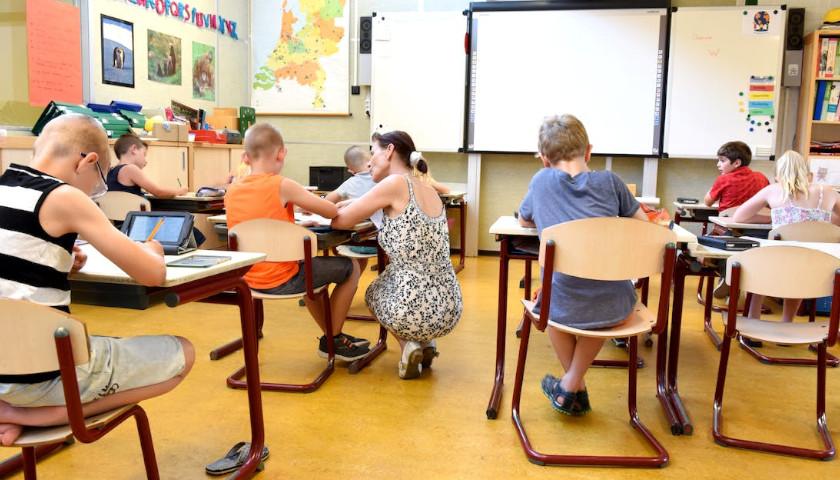by Jon Styf
Tennessee’s per-pupil spending on K-12 public school students, amongst the lowest in the country, increased an inflation-adjusted 18 percent from 2002 to 2020 while its student population grew 13 percent, according to a new study from the Reason Foundation.
The study looked at spending increases across the country, where spending per student increased $3,211 per student, or 25 percent. In Tennessee, the raw data showed that the 18 percent increase amounted to $1,704 in inflation-adjusted spending per student.
The raw data showed that Tennessee spent $10,971 per student in 2020 with the U.S. average at $16,062.
The per-pupil spending has been part of the discussion as Tennessee looks to increase its state education spending for the 2023-24 school year by nearly $1 billion.
The Tennessee Investment in Student Achievement will create a base per-student cost of $6,860 and add weights based on a students’ learning needs, whether the student lives in a low-income household or area or if the student lives in a rural area.
Every state showed increased per-pupil spending on benefits between 2002 and 2020, with 14 states growing by 100 percent over that time. Tennessee’s benefit spending went up $1,992, or 57 percent. Only Texas, Florida, Idaho, Arkansas, South Dakota and Oklahoma saw a lower raw number per-student increase in spending over that time.
The United States average inflation-adjusted spending increase on benefits over that time was $3,406, or 79 percent.
“Research suggests that teacher pension costs are responsible for a substantial share of the observed growth in benefit expenditures,” the report said.
The largest increase in student spending in Tennessee went to instruction, with that instructional benefit increasing $483 per student while instructional salary spending per student went down by an average of $73 per student.
The total inflation-adjusted spending on benefits, including retirement and health care, in the state went from just over $1 billion in 2002 to $2 billion in 2020 while salary spending increased from $5.1 billion to $6 billion.
The report also showed that Tennessee schools had $4.5 billion in long-term debt in 2002 compared to $6.2 billion in 2020.
– – –
Jon Styf is an award-winning editor and reporter with The Center Square who has worked in Illinois, Texas, Wisconsin, Florida and Michigan in local newsrooms over the past 20 years, working for Shaw Media, Hearst and several other companies.









Don’t you just love it when the “nation average” is tossed out there as a yard stick. Our cost of living is much less than those “high-powered” states like New York, Virgina, California, et al. Using a national average comparison is an insult to the “apples and oranges” phrase.
Our county parents do not have to worry about supply inflation. The school district gives it away “free”. It’s called screw the county taxpayer!
I had air conditioning only one year of all my 12 years of grade school. We had chalk boards and fans blowing hot air. 4+4 is still 9 no matter how much you spend.
Our academic funding model is broken. We could spend 25% less and have better overall outcomes if we simply operated with efficiently. Eliminating the Federal and State Education Departments would be a great place to start. Removing the one size fits all mentality from local school boards would benefit teacher instruction. Eliminate the far left ideological model from Educational degrees from colleges and get back to the foundation of actual education.